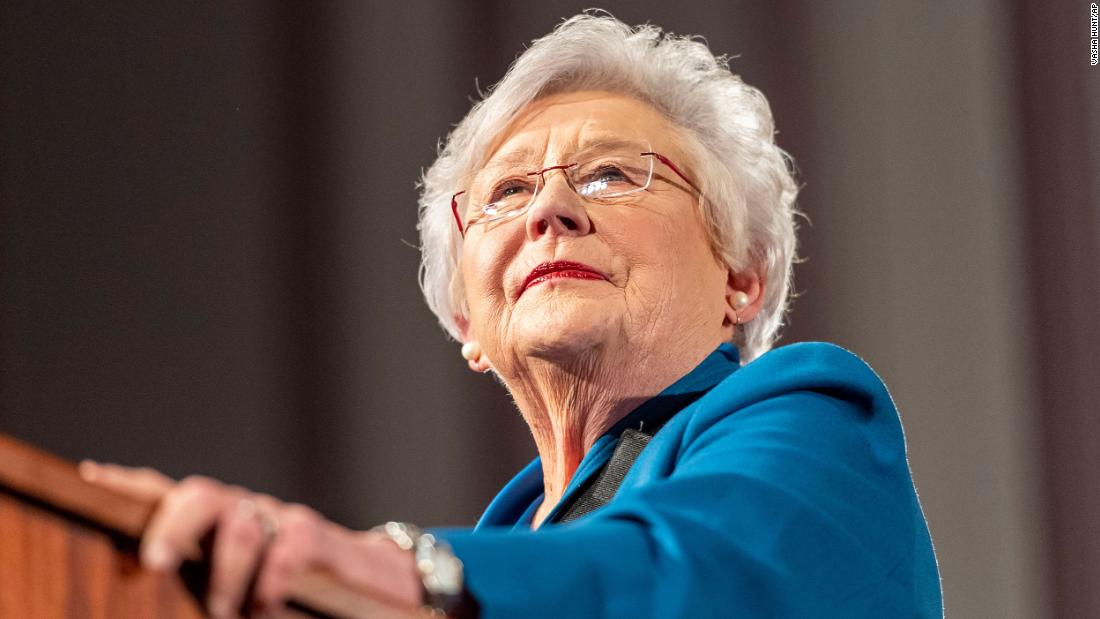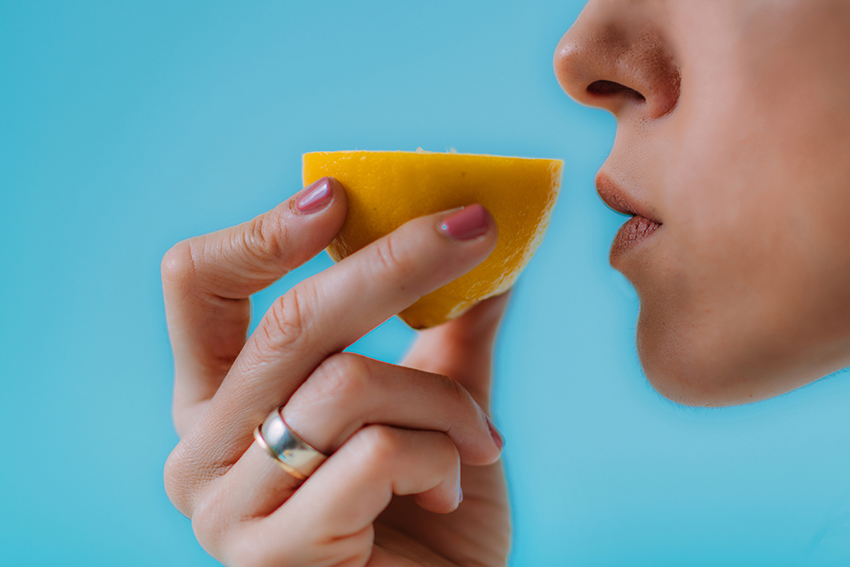Olfactory support cells, not neurons, are vulnerable to novel coronavirus infection

hms.harvard.edu
I think the understanding is probably not complete though. I'd guess it's not even clear whether in all cases the neuronal cells are not impacted. I know a couple people I've talked to who had COVID who still have no smell/taste after several months.
It's threads like this that are a little concerning:
My comments:
1) It's possible this was a vaccinated adult -> unvaccinated child -> vaccinated adult transmission.
2) The vaccinated index case had been hanging out in multiple locations in the prior week inside with individuals with unknown vaccination status, all unmasked.
3) Dose probably matters.
4) Maybe one or more of the people involved were super spreaders with very high viral loads (bad luck).
I would say...try to avoid the point #2? And masks probably reduce dose and give your immune system a chance to crush the infection. Seems to me it is a good idea to mask indoors even if all adults are vaccinated, if there are any unvaccinated children around, to eliminate that potential (dose-amplifying) transmission path. This wouldn't apply if all the adults are being very careful outside the house though. (E.g. a family is probably fine to remain unmasked with their children, as long as no adult is going outside the home, then not using a mask in indoor locations like shopping/restaurants etc.)






